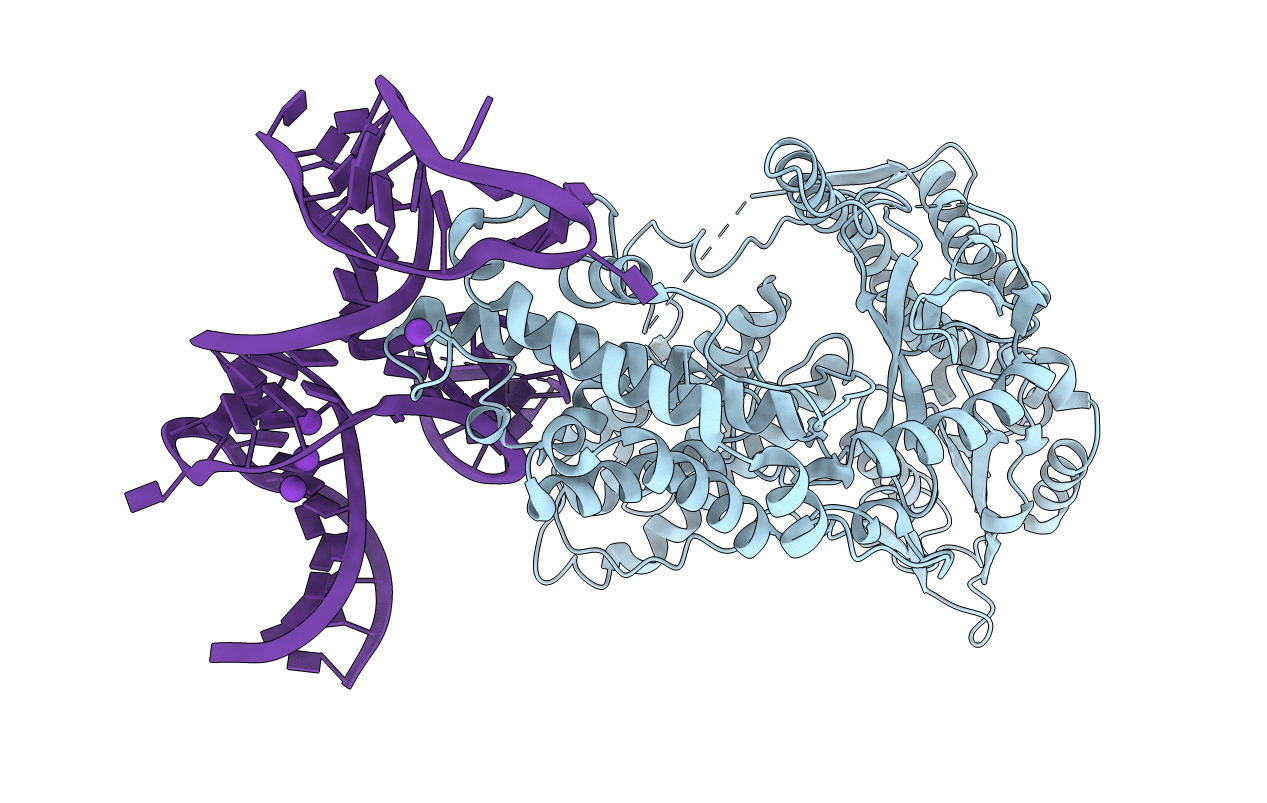
Deposition Date
2020-06-15
Release Date
2021-04-28
Last Version Date
2024-11-06
Entry Detail
PDB ID:
6ZDP
Keywords:
Title:
Structure of telomerase from Candida Tropicalis in complexe with TWJ fragment of telomeric RNA
Biological Source:
Source Organism:
Candida tropicalis (strain ATCC MYA-3404 / T1) (Taxon ID: 294747)
Host Organism:
Method Details:
Experimental Method:
Resolution:
2.85 Å
R-Value Free:
0.27
R-Value Work:
0.21
R-Value Observed:
0.22
Space Group:
C 2 2 21


